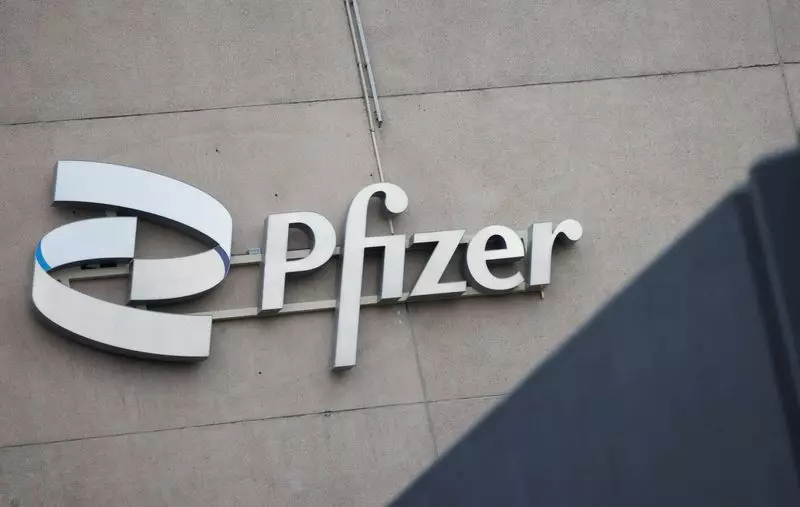Sickle cell disease (SCD) is a genetic blood disorder that impacts around 100,000 individuals in the United States, predominantly affecting the Black community. It leads to the deformation of red blood cells into a sickle, or crescent shape, which can result in severe complications, including strokes, organ damage, and painful crises. Despite the existence of various treatments, many patients still rely heavily on conventional therapies like hydroxyurea. Recent developments concerning Pfizer’s withdrawal of its treatment for this ailment have provoked discussions about the implications for future therapeutic options in the biopharmaceutical sector.
On a pivotal Wednesday, Pfizer made the consequential decision to withdraw its sickle cell treatment, Oxbryta, due to emerging data indicating an unacceptable risk of mortality among patients. Initially receiving accelerated approval by the FDA in 2019, Oxbryta was intended to alleviate symptoms in individuals with mild to moderate symptoms of SCD. However, the European Medicines Agency raised serious safety concerns after detecting multiple fatalities during ongoing trials, culminating in a recommendation for the suspension of its authorization.
Analysts on Wall Street have interpreted this development not merely as a setback for Pfizer, but as a potential catalyst for accelerating the clinical trials of competing treatments. Among these are Agios Pharmaceuticals’ mitapivat and Fulcrum Therapeutics’ pociredir. This urgency stems from the imminent need for alternative therapies now that many patients, deprived of Oxbryta, find themselves with fewer options.
In the wake of Pfizer’s retreat, rival companies are seizing the opportunity to expedite their own clinical investigations. For instance, Agios Pharmaceuticals may find itself under pressure to enhance the speed of regulatory reviews for mitapivat, particularly if it demonstrates efficacy in alleviating the disease’s painful episodes. Analysts predict that the current landscape could lead to a more favorable environment for innovative therapies.
The market reaction corroborated these trends: Agios’s stock rose by 4%, while Fulcrum experienced a significant 20% increase in early trading. This shifting financial landscape suggests that the withdrawal of Oxbryta has positioned alternative treatments favorably within the biopharmaceutical market, highlighting an inherent risk-reward dynamic that investors and companies alike must navigate.
With Oxbryta’s withdrawal, a substantial number of patients are potentially left without adequate therapeutic options. While recently approved gene therapies, such as bluebird bio’s Lyfgenia and Vertex Pharmaceuticals’ Casgevy, cater exclusively to individuals suffering from severe forms of sickle cell disease, the vast majority with mild to moderate symptoms are now reliant on hydroxyurea. This scenario underscores a critical juncture: while the withdrawal of a major drug raises questions about safety and efficacy, it simultaneously injects urgency into the race for effective alternatives.
The exit of a prominent player such as Pfizer could signal to regulatory bodies the pressing need to facilitate faster review processes for emerging treatments. Christopher J. Raymond from Piper Sandler wonders if the heightened demand for alternatives will prompt regulators to be more amenable to accelerating approvals.
The retraction of Pfizer’s Oxbryta treatment encapsulates a moment of profound significance within the realm of sickle cell disease therapeutics. While it presents immediate challenges for patients who relied on this treatment, it simultaneously revitalizes the conversation around alternative therapies and the urgency of accelerating clinical trial timelines. The evolving landscape in the biopharmaceutical space emphasizes the critical intersection of patient needs, investor patterns, and regulatory frameworks. As the industry pivots in response, there remains cautious optimism that new and effective therapies will soon emerge, ultimately improving the quality of life for millions affected by this debilitating disease.

